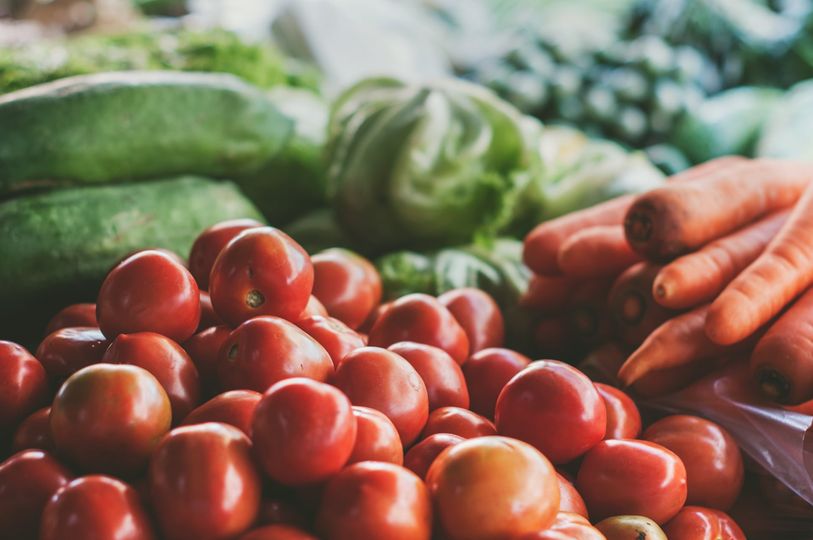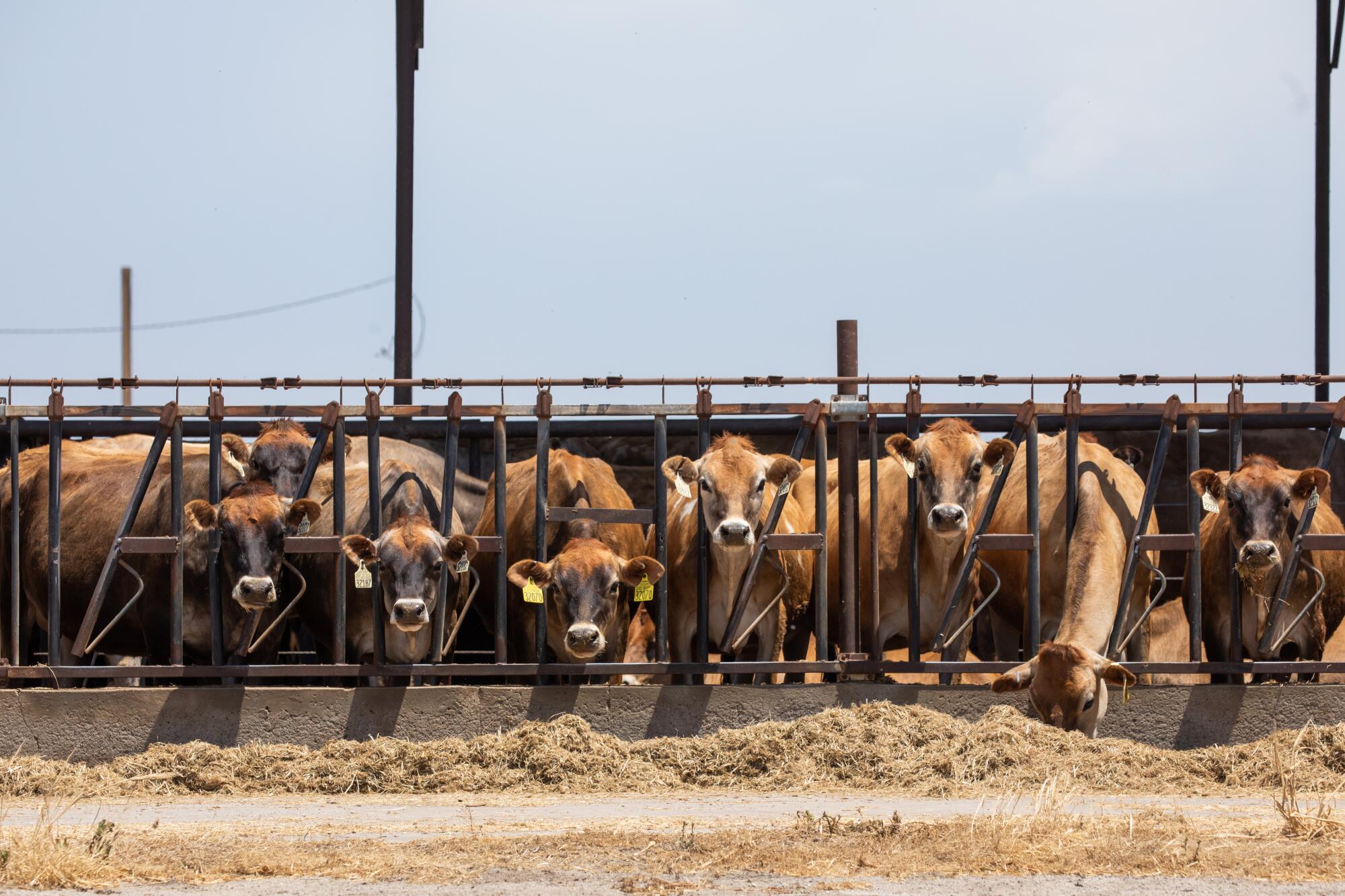Inflation has dipped below the target set by the Bank of Uganda, primarily due to a significant drop in food prices. The target inflation rate was 5 percent, but the recent decline in the prices of essential food items has led to a drop in headline inflation from 2.7 percent in September to 2.4 percent.
Data from the Uganda Bureau of Statistics (Ubos) reveals that maize flour, in particular, saw a substantial decrease with a negative inflation of 23 percent, a sharp contrast to the -3.8 percent recorded earlier. Similarly, the inflation rate for rice plummeted from 5.2 percent in September to just 0.2 percent.
During the presentation of the Consumer Price Index in Kampala, Mr. Edgar Niyimpa, the Ubos principal statistician for price statistics, highlighted that sugar inflation had reduced to 16.3 percent over the past year. Additionally, rice and silver fish had both experienced a drop in inflation to 0.2 percent and -10.7 percent from 5.4 percent, indicating a general decline in commodity prices.
Core inflation, a measure excluding volatile food and energy prices, also decreased to 2 percent from 2.4 percent in September, contributing to the overall decline in the general inflation outlook. Presently, inflation stands well below the Central Bank’s target of 5 percent.
However, services inflation witnessed an increase, reaching 2.2 percent compared to 1.6 percent, primarily due to inflation in education services, which surged to 6.1 percent from 3.8 percent in September.
Mr. Niyimpa also noted that inflation had decelerated due to a decrease in inflation related to food crops and associated items, falling to 6.6 percent from 7.9 percent in September. This drop was attributed to a decrease in fresh cassava prices, which fell to -6.6 percent from 6 percent. Prices of green cabbage also recorded a significant drop, with inflation at -10.8 percent as opposed to 0.2 percent in September, while inflation for Irish potatoes dropped to -0.9 percent from 4.1 percent.
Conversely, inflation in energy fuel and utilities saw an increase, rising to 2.2 percent from -1.2 percent. This was influenced by fluctuations in fluid fuels prices, resulting in a petrol inflation increase of 1.8 percent compared to 8.4 percent in September. Electricity inflation dropped to -1.4 percent, while water charges inflation increased to 13 percent from 9.7 percent, driven by a rise in water tariffs. Diesel inflation also experienced an increase, rising from -3.4 percent in September to 3.8 percent.
Inflation Changes in Key Categories
| Category | Inflation Rate (September) | Inflation Rate (Current) |
|---|---|---|
| Maize Flour | -3.8% | -23.0% |
| Rice | 5.2% | 0.2% |
| Sugar | 5.4% | 16.3% |
| Silver Fish | 5.4% | -10.7% |
| Core Inflation | 2.4% | 2.0% |
| Services Inflation | 1.6% | 2.2% |
| Food Crops | 7.9% | 6.6% |
| Green Cabbage | 0.2% | -10.8% |
| Irish Potatoes | 4.1% | -0.9% |
| Energy Fuel & Utilities | -1.2% | 2.2% |
Please note that the provided table presents a comparison of inflation rates between September and the current period for key categories.




















